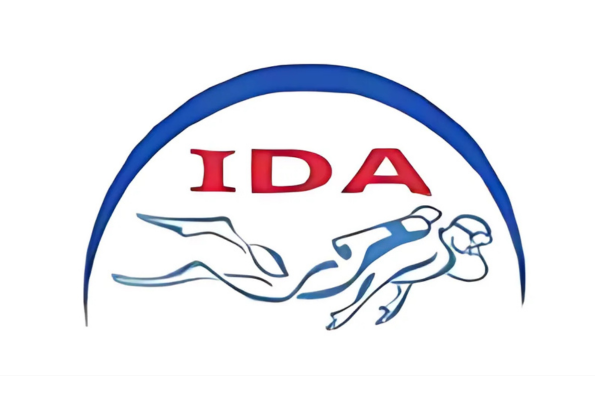MARINE SALVAGE & WRECK REMOVAL OPERATIONS
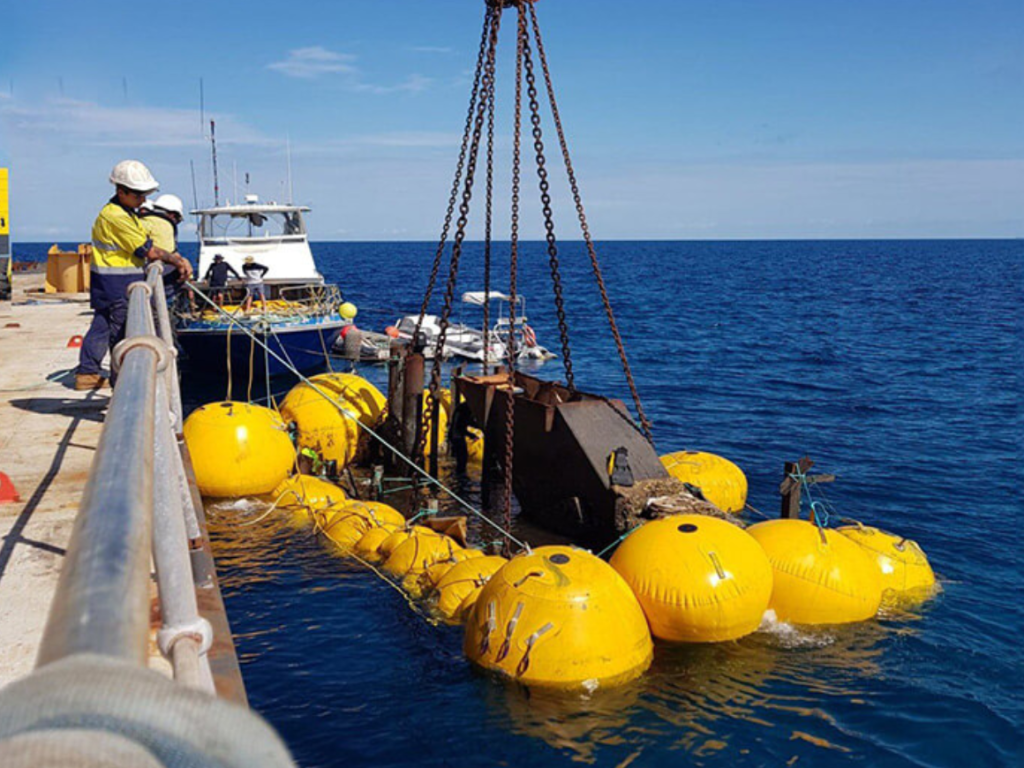
Salvage of sunken vessels, ships, tugs, barges, etc.
Salvage of sunken vessels, ships, tugs, and barges is a highly specialized marine operation requiring advanced technical expertise, heavy-duty equipment, and careful planning.
Salvage teams use techniques such as underwater cutting, patching, pumping, buoyancy aids, and crane barges to safely recover the vessel.
Involves locating the sunken structure, assessing its condition, and executing recovery operations to either raise, refloat, or dismantle it depending on feasibility and client requirements.
Operations are carried out to minimize environmental risks like oil spills or structural collapse.
These operations restore navigational safety in busy waterways.
They help reclaim valuable assets and reduce marine hazards.
They ensure compliance with international maritime regulations.
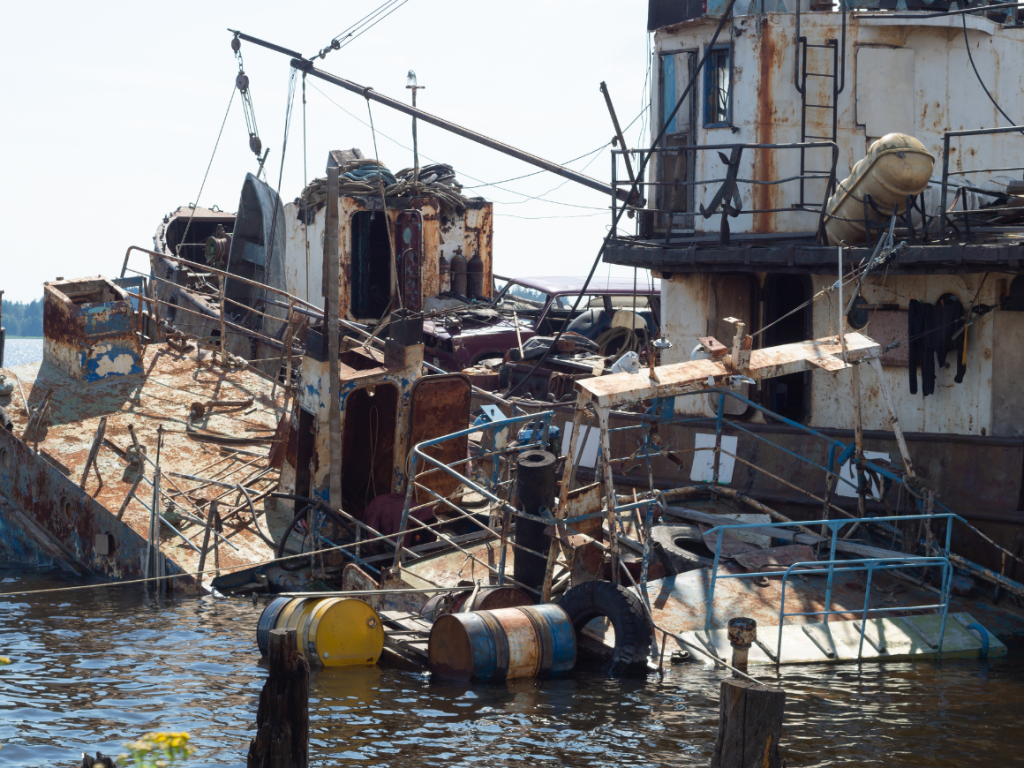
Re-floating sunken vessels.
Re-floating sunken vessels is a complex marine engineering task that restores submerged ships, barges, or boats back to the surface.
The process begins with a detailed underwater survey to assess the vessel’s condition, structural integrity, and surrounding seabed.
Depending on the situation, methods such as patching damaged hulls, sealing leaks, pumping out water, and using high-capacity cranes or buoyancy aids like pontoons and airbags are employed.
Precision planning and execution are crucial to ensure the vessel is lifted safely without further damage or environmental hazards.
It reduces navigational risks and supports environmental protection by preventing long-term marine pollution.
Re-floating recovers valuable assets and clears vital waterways.
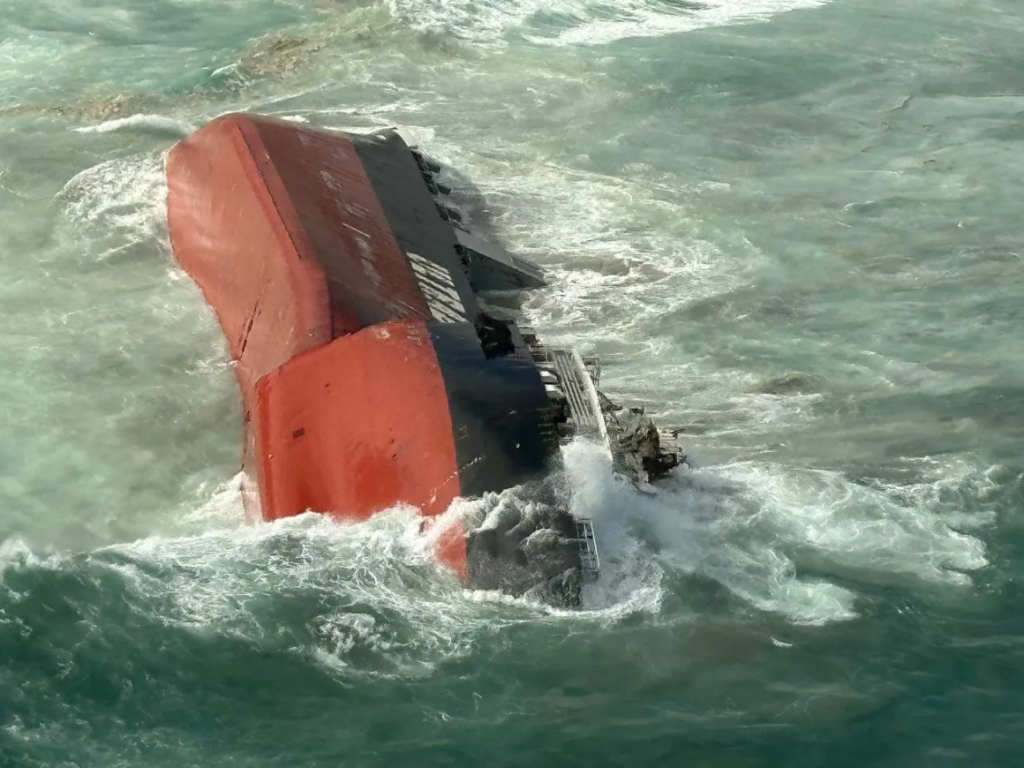
Salvage of grounded & stranded vessels.
Salvage of grounded and stranded vessels involves carefully freeing ships that have run aground on sandbanks, reefs, or shallow waters and restoring them to safe navigation.
Requires thorough assessment of the vessel’s position, hull condition, and surrounding seabed to determine the safest recovery method.
The process demands precision and coordination to avoid further structural damage, protect the marine environment, and minimize downtime.
Successful salvage ensures the vessel’s recovery, prevents environmental hazards like oil spills, and keeps busy shipping routes safe and operational.
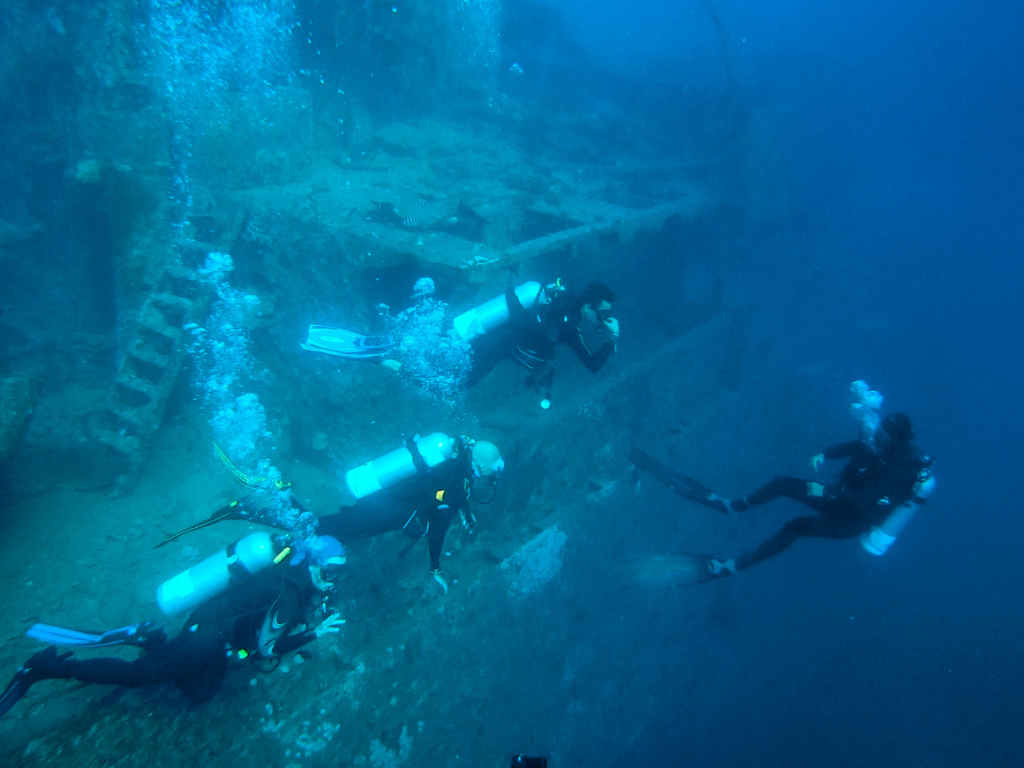
Wreck -removal.
Wreck removal is a critical marine operation carried out to clear sunken or damaged vessels that pose a hazard to navigation, safety, or the marine environment.
The process begins with a detailed survey to evaluate the wreck’s location, size, and condition, followed by planning the most effective recovery strategy.
Specialized divers and remotely operated equipment are often employed to ensure precision and safety during the operation.
It prevents risks such as oil leakage, cargo spillage, or structural collapse that could harm marine ecosystems and coastal infrastructure.
Wreck removal restores safe passage for other vessels.
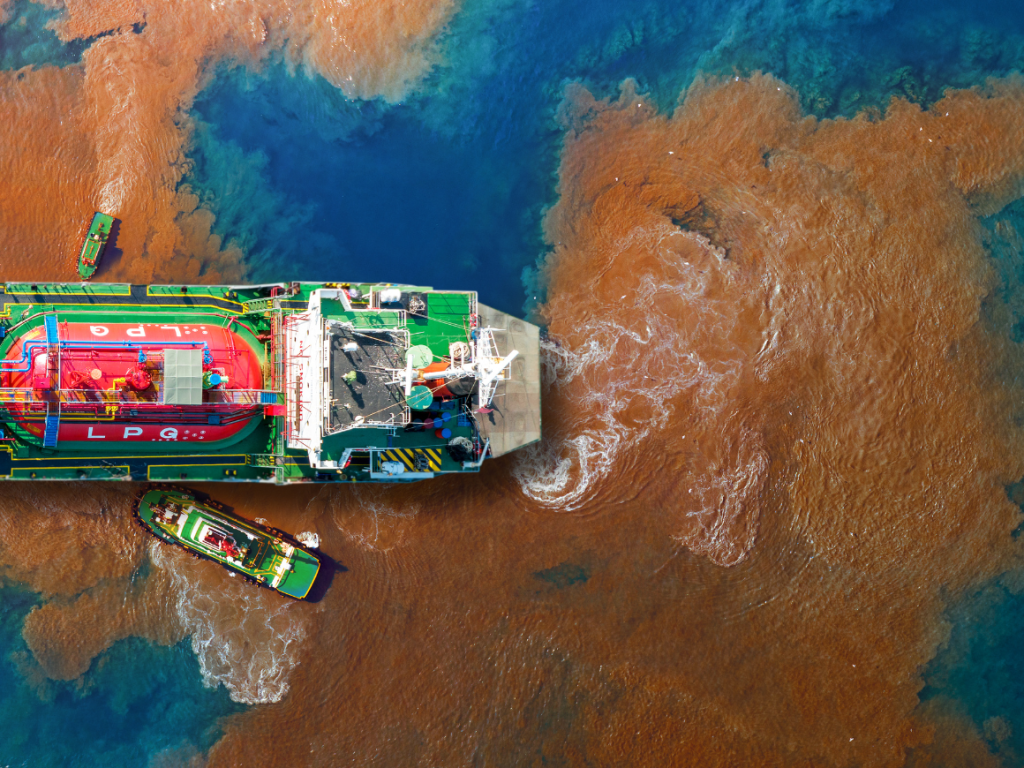
Recovery of hydrocarbons & oil pollutants from sunken vessels.
Recovery of hydrocarbons and oil pollutants from sunken vessels is a highly sensitive operation aimed at preventing large-scale marine pollution and ecological damage.
When a ship carrying fuel or oil sinks, it poses an ongoing threat of leakage that can contaminate seawater, harm marine life, and damage coastal ecosystems.
Advanced techniques such as hot tapping, pumping, and controlled containment are used to safely extract hydrocarbons and other pollutants from the vessel.
In cases of ruptured tanks, specialized subsea equipment and absorbent materials are deployed to contain and recover oil residues.
These recovery operations play a vital role in safeguarding marine biodiversity, protecting fishing and tourism industries, and ensuring compliance with international environmental regulations.
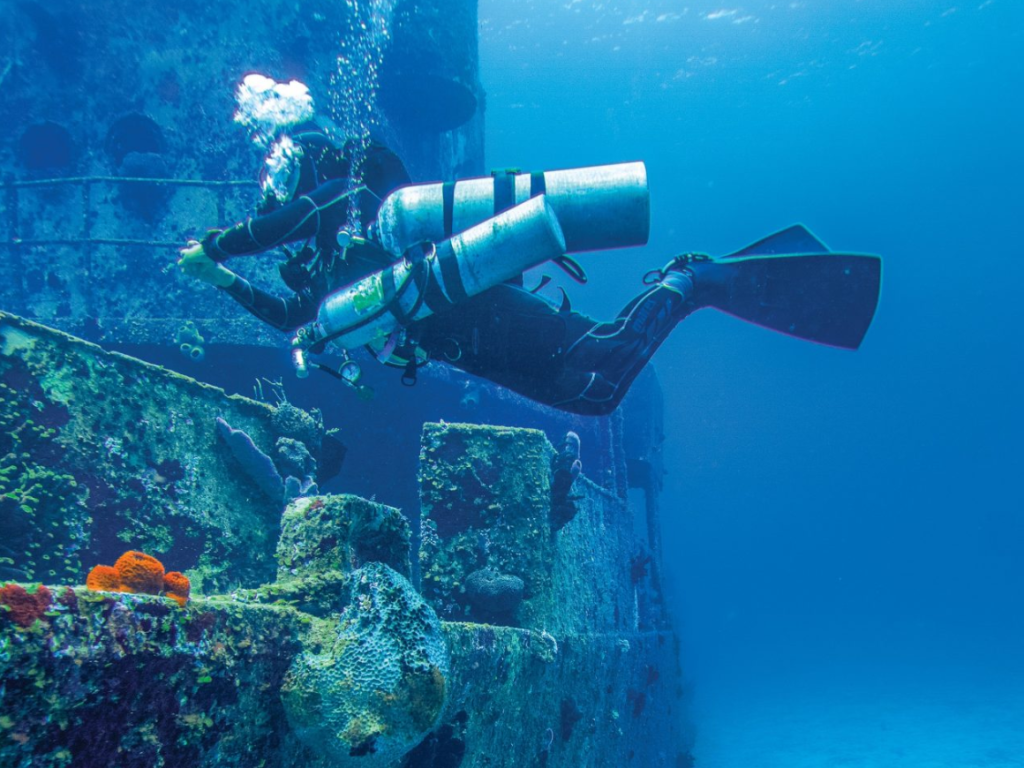
Recovery of cargo / valuable items from underwater &/or sunken vessel.
Recovery of cargo and valuable items from underwater or sunken vessels is a delicate yet essential operation that combines advanced marine salvage techniques with precision handling.
After conducting a thorough underwater survey to determine the location, accessibility, and condition of the cargo, specialized divers or remotely operated vehicles (ROVs) are deployed to secure and extract the materials.
The process requires meticulous planning to prevent further damage to the cargo, minimize environmental risks, and ensure the safety of the recovery team.
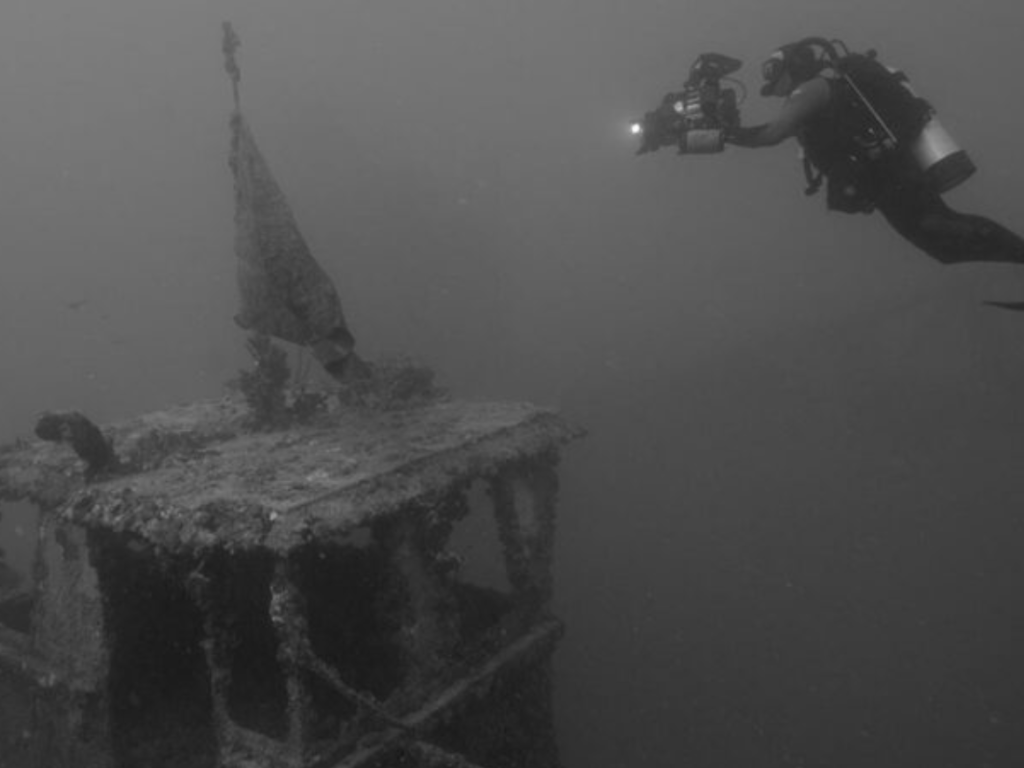
Underwater cutting of sunken wreck etc and many more…
Underwater cutting of sunken wrecks and related structures is a specialized salvage technique used to dismantle or section large submerged vessels for safe removal and recovery.
Cutting is carried out by trained commercial divers or remotely operated systems.
It is performed strategically to divide the wreck into manageable sections that can be lifted by cranes or floated to the surface.
Extreme precision is required to ensure safety, avoid uncontrolled collapses, and minimize risks of oil spills or structural instability.
Underwater cutting is vital in wreck removal, cargo recovery, and salvage operations where full refloating is not feasible.
It helps restore navigational safety and protect marine ecosystems.
